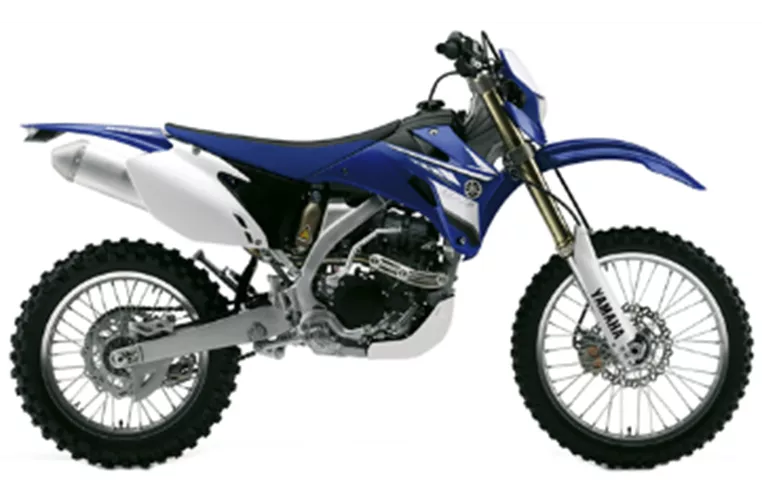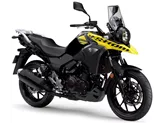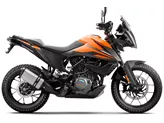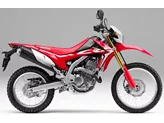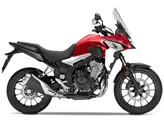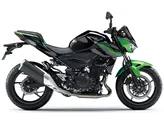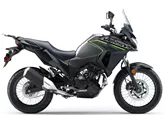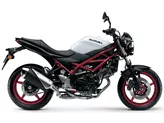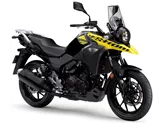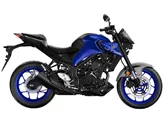Yamaha WR 250R 2008 vs. Kawasaki Versys-X 300 2017
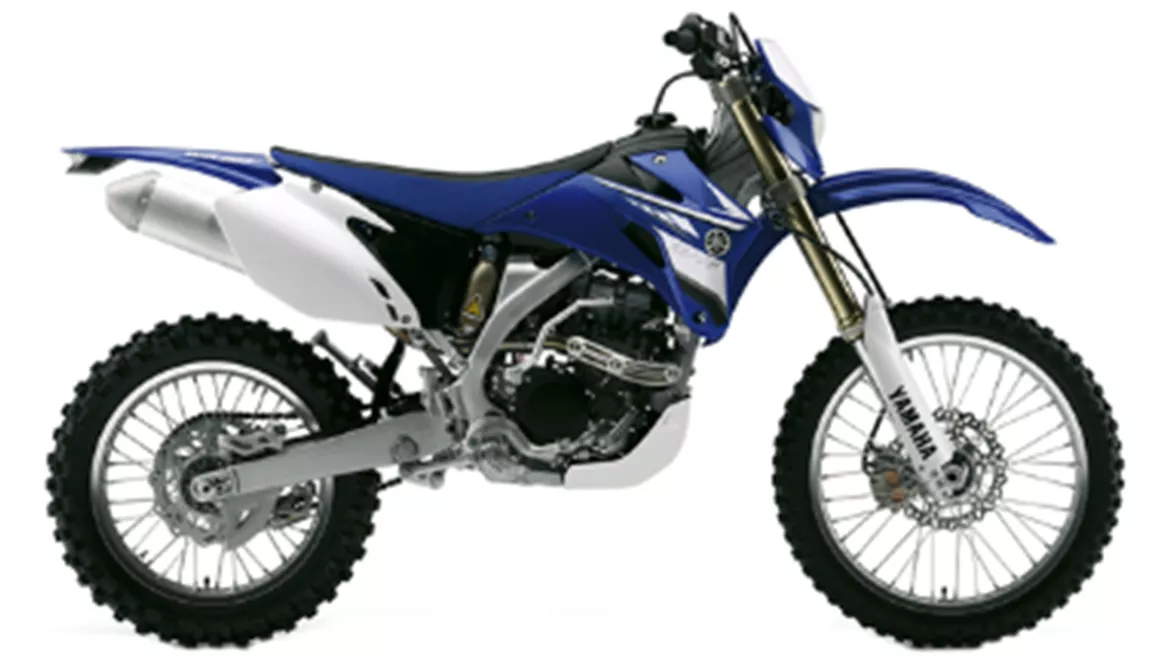
Yamaha WR 250R 2008

Kawasaki Versys-X 300 2017
Overview - Yamaha WR 250R 2008 vs Kawasaki Versys-X 300 2017
When comparing the Yamaha WR 250R 2008 and the Kawasaki Versys-X 300 2017, there are several notable differences to consider.
In terms of engine power, the Yamaha WR 250R 2008 has 31 HP, while the Kawasaki Versys-X 300 2017 boasts a more powerful 39 HP engine. This difference in power may be significant for riders who prioritize speed and acceleration.
Both motorcycles feature a chain transmission, which is known for its durability and efficiency. This allows for smooth gear changes and reliable performance on various terrains.
The Yamaha WR 250R 2008 has a single cylinder engine, while the Kawasaki Versys-X 300 2017 has a twin-cylinder engine. The twin-cylinder configuration typically offers smoother power delivery and better overall performance compared to a single-cylinder engine.
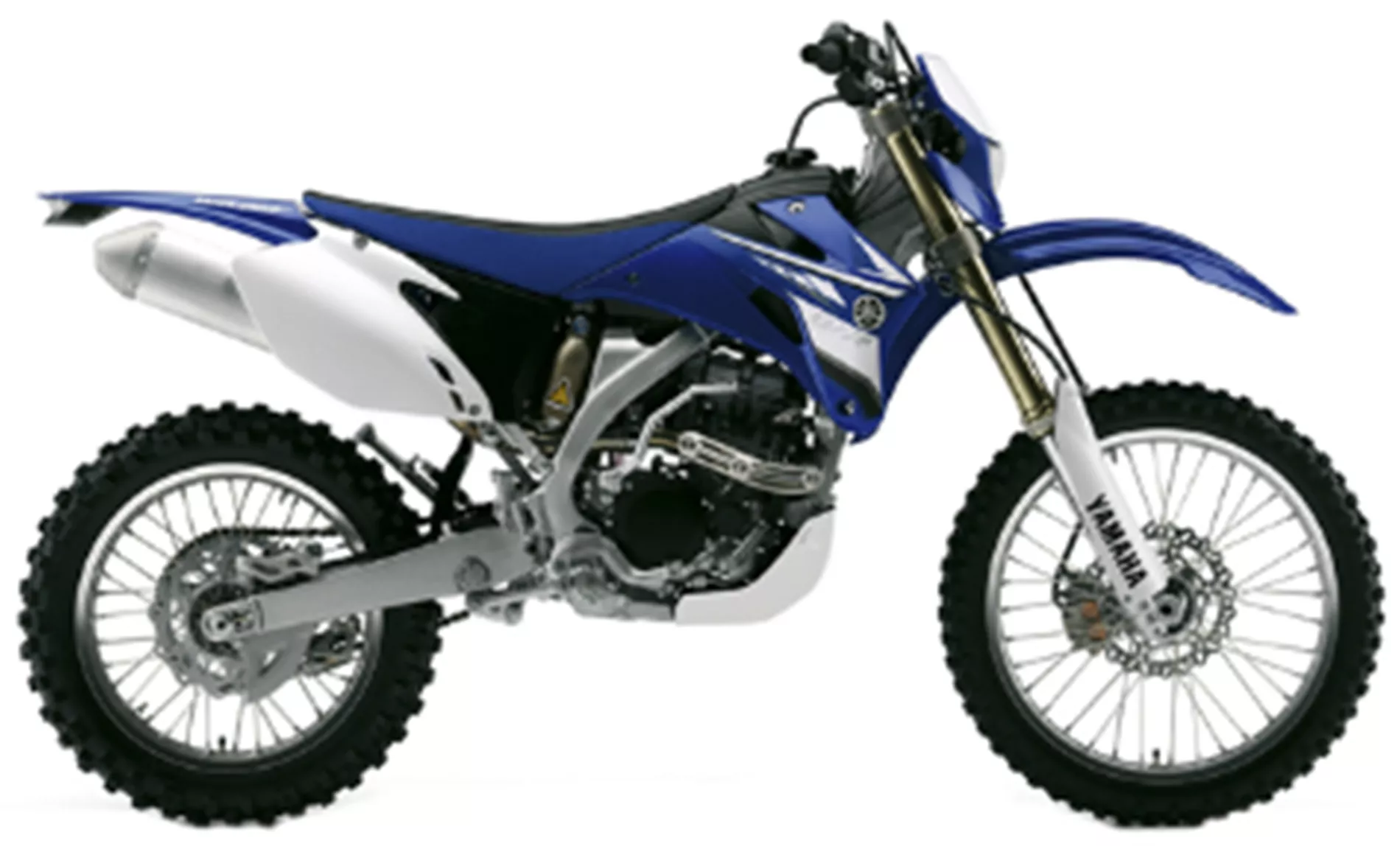
Yamaha WR 250R 2008
In terms of displacement, the Yamaha WR 250R 2008 has a 250cc engine, while the Kawasaki Versys-X 300 2017 has a slightly larger 296cc engine. This difference in displacement may result in variations in torque and overall performance.
When it comes to fuel tank capacity, the Yamaha WR 250R 2008 has a smaller 7.6-liter tank, while the Kawasaki Versys-X 300 2017 boasts a larger 17-liter tank. This larger fuel capacity on the Kawasaki allows for longer rides without the need for frequent refueling.
Moving on to the strengths of each motorcycle, the Yamaha WR 250R 2008 is praised for its well-working and controllable brakes, good handling, plenty of power, and its optimal performance in nimble spots. Additionally, it has a low list price, making it an attractive option for budget-conscious riders.

Kawasaki Versys-X 300 2017
On the other hand, the Kawasaki Versys-X 300 2017 is known for its high-revving engine, low weight, large steering angle, assist and slipper clutch, and its potential as a good basis for a touring machine. These strengths make it a versatile choice for riders who enjoy both city commuting and long-distance touring.
However, it is important to note that the Yamaha WR 250R 2008 does have some weaknesses. It has been reported that the chassis sags on long tables, which may affect the overall stability and handling of the motorcycle. Additionally, it may take some time for riders to get used to its unique characteristics. Lastly, some riders have commented that the sound produced by the Yamaha WR 250R 2008 is not particularly pleasant.
On the other hand, the Kawasaki Versys-X 300 2017 has been criticized for its hard bench, which may lead to discomfort during longer rides. This is an important consideration for riders who prioritize comfort during extended periods on the motorcycle.
In conclusion, the Yamaha WR 250R 2008 and the Kawasaki Versys-X 300 2017 offer different strengths and weaknesses. The Yamaha WR 250R 2008 provides good power, handling, and affordability, while the Kawasaki Versys-X 300 2017 offers a more powerful engine, versatility, and potential for touring. Ultimately, the choice between these two motorcycles will depend on the rider's specific preferences and priorities.
Technical Specifications Yamaha WR 250R 2008 compared to Kawasaki Versys-X 300 2017
Pros and Cons in comparison
Pros and Cons in comparison
Yamaha WR 250R 2008
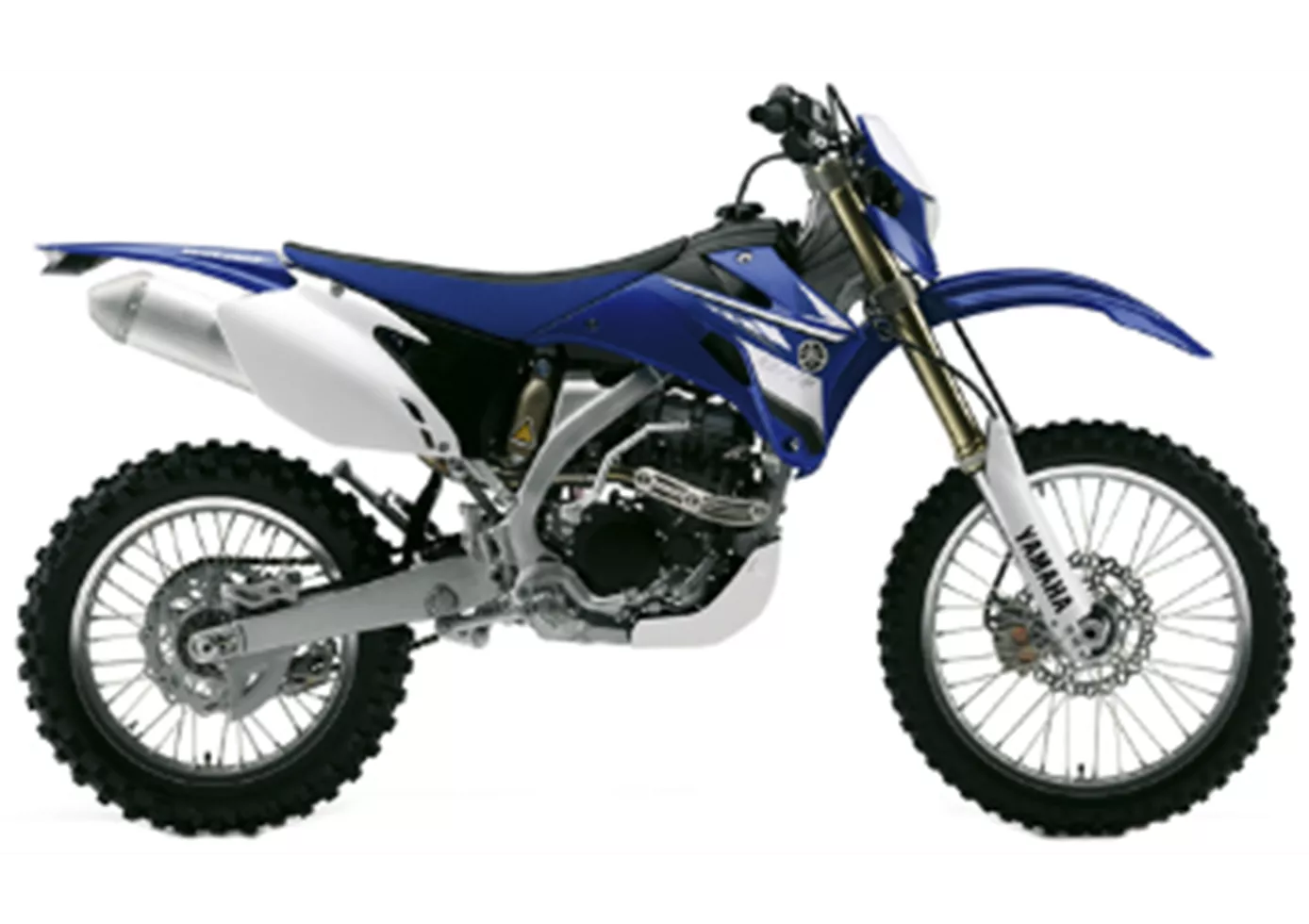
250 cc 4-stroke, is that even possible? And then a supposedly tamed version of the competition version WR250F. But what has to be said about this new Yamaha WR250R is that the list price of €6695 and then the 2-year mobility guarantee and 4-year warranty put everything in the shade. The WR250F has proven since 2001 that it has a lot going for it.
Kawasaki Versys-X 300 2017

Solid, simple, good. The Kawasaki Versys-X 300 is certainly not the most exciting model in the green product range. But it is a successful addition to the Versys family and will appeal to many beginners. The handling is easy and brings a lot of fun on asphalt and gravel. Whether you ride it at 12,000 rpm and drag footpegs or explore the countryside over dirt roads, the Versys-X 300 proves to be a very versatile motorbike. With accessories, it can also be quickly transformed into a touring machine that promises long-term qualities with simple technology.
Price Comparison Avarage Market Price Yamaha WR 250R vs Kawasaki Versys-X 300
There are a few key differences between a Yamaha WR 250R 2008 and a Kawasaki Versys-X 300 2017. It takes less time to sell a Yamaha WR 250R with 41 days compared to 160 days for a Kawasaki Versys-X 300. Since model year 2008 1000PS.de editors have written 3 reviews for the Yamaha WR 250R and 5 reviews for the Kawasaki Versys-X 300 since model year 2017. The first review for the Yamaha WR 250R was published on 11/09/2007 and now has more than 29,500 views. This compares to more than 34,100 views for the first review on Kawasaki Versys-X 300 published on 08/11/2016.
